
The Islamic Republic and the World
Global Dimensions of the Iranian Revolution
Recommendation
Author Maryam Panah’s challenging book explains the history that shaped Iran’s pivotal Islamic Revolution in the context of dueling economic philosophies. The text began as her Ph.D. thesis at the London School of Economics, which may explain the challenging long sentences and the academic jargon. At times, this style makes the book dense and frustrating, since it covers such a compelling topic. However, readers will learn a great deal from the sections explaining each chapter’s major concepts. Panah knowingly recounts events primarily for scholars interested in the internal, theoretical structures and philosophies at work, however, she does not suggest ways for Iran to leave its isolationist status, temper its polemics and rejoin the world community. getAbstract recommends this book as an important, even if at times arduous, background text on Iran. Scholars of the revolution will find it illuminating, and those concerned about Iran’s role in global politics, from its status in the Middle East to its nuclear ambitions, also will be intrigued.
Summary
About the Author
After reading politics, philosophy and economics at Oxford University, Maryam Panah, a native Iranian, completed her doctoral thesis at the London School of Economics. She works in international development.









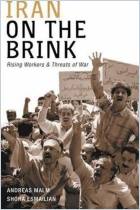

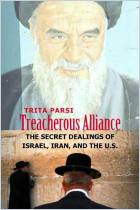
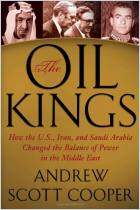

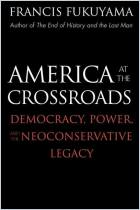

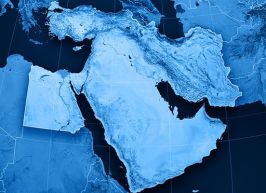



Comment on this summary or 开始讨论